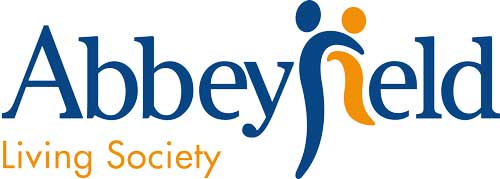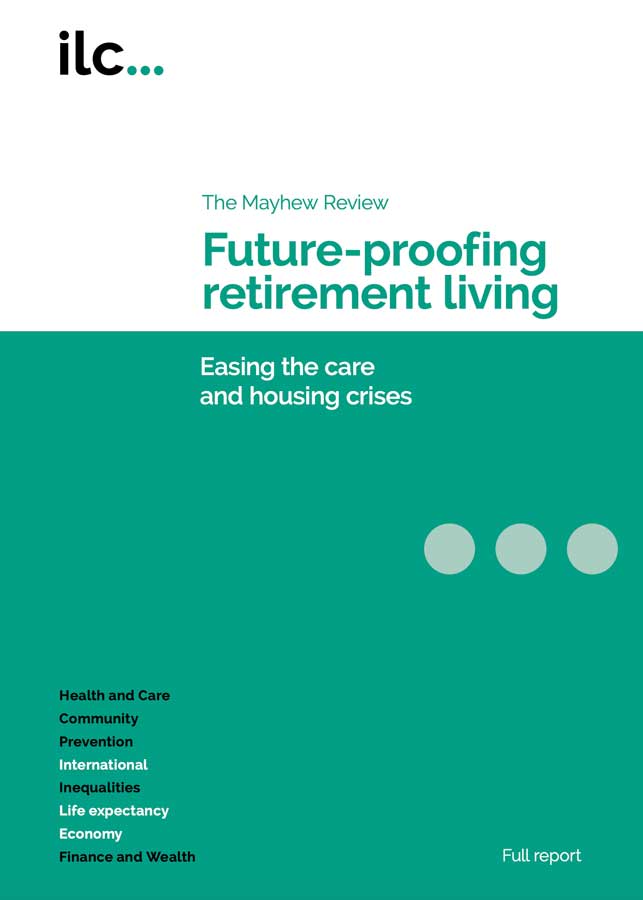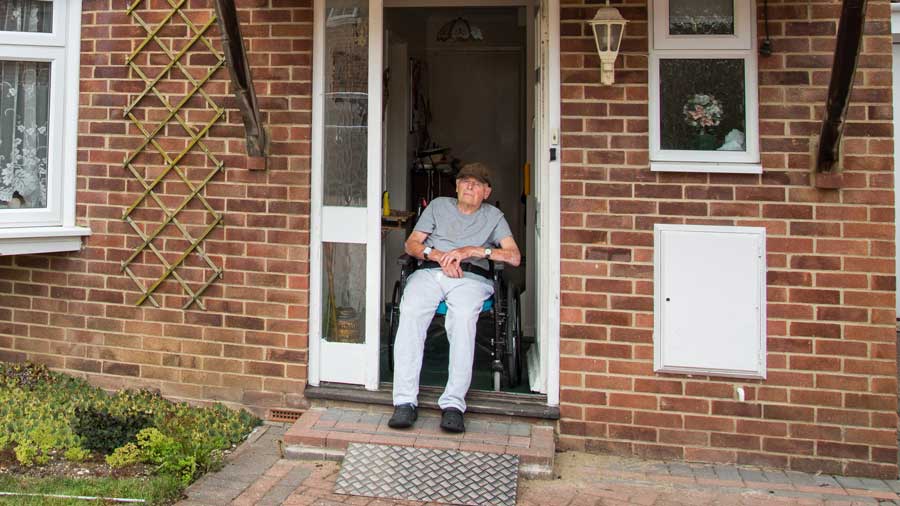Image: Istock
The future of older people’s housing
How do we develop the housing needed for an ageing population?

HEALTH, CARE & SUPPORT

Liz Zacharias
Director, Campbell Tickell

Abdul A Ravat
Abbeyfield Living Society and Chair, NHF Older Person Housing Group
Issue 77 | April 2025
On March 18, 2025, a webinar addressed the urgent need for more suitable housing for older people, particularly those with middle incomes. Organised by Abdul A Ravat (Abbeyfield Living Society & National Housing Federation) and Campbell Tickell, with support from Charity Bank, the event gathered more than 190 housing leaders, policymakers and providers.
Discussions focused on bridging the gap between social housing and the £600k+ luxury market, where many older individuals are priced out.
Discussions focused on:
- increasing supply of affordable older persons’ housing;
- engaging government and stakeholders for effective delivery;
- identifying levers to jump-start the delivery process.
The webinar included representatives from NHF and Homes England, and showcased successful models of attractive, safe and affordable housing for older people. Professor Julienne Meyer, Chair of the Older People’s Housing Taskforce, opened the event, outlining the report’s 10 key recommendations. The discussion culminated in a call to arms to expand housing stock for older individuals and protect existing resources. A central point was the need to shift from focusing on “housing for older people” to “housing for an ageing population”, emphasising broader community and social planning to accommodate an increasingly older society.



Key industry asks
The UK faces a critical challenge in addressing housing needs for its older population. A comprehensive National Housing Strategy is urgently needed, requiring cross-government collaboration between Housing, Health, Work and Pensions, and Treasury to develop a coordinated and well-funded approach.
Current housing development falls dramatically short of requirements. While the government targets 1.5 million new homes, experts argue that 10-20% should be designated for older people. The Mayhew Review recommends 50,000 new older persons’ homes annually, yet current delivery is stuck at a mere 7,000 – a stark and concerning shortfall.
“The Mayhew Review recommends 50,000 new older persons' homes annually, yet currently delivery is stuck at a mere 7,000.”
“Addressing these affordability barriers could support up to 500,000 older households caught in the ‘squeezed middle’ of the housing market.”
The funding bottleneck
Existing grants are insufficient and greater flexibility needed to support specialised older persons’ housing. A new capital funding regime is essential, one that recognises the additional costs of developing schemes with communal areas, communal grounds and specialised infrastructure. This approach should provide stronger incentives for developers and housing providers to prioritise older persons’ housing.
The older person shared ownership model requires significant reform to support middle-income older people. Current limitations mean that those only able to purchase less than 75% of a property face inequitable rental requirements. Addressing these affordability barriers could support up to 500,000 older households caught in the ‘squeezed middle’ of the housing market.
Accessibility must become the default standard for new housing and implementing Part M4(3) building standards to ensure wheelchair accessibility is crucial. The current debate around minimum accessibility standards risks leaving thousands of homes poorly suited to changing mobility needs, potentially requiring costly future adaptations.
A comprehensive approach
Integrated Care Boards (ICBs) should be required to include housing representatives from local authorities, bringing together health, social care, and housing into local partnerships. This approach ensures a holistic support system for older people.
The strategy must address multiple housing sectors, including private rented accommodation. This involves developing new rental products focused on older people and multi-generational living, alongside increasing social and affordable housing options. Support for existing housing stock is equally important, with provisions to help providers upgrade, repurpose or redevelop older persons’ housing that no longer meets current standards.
Stock transfers should also be facilitated to ensure specialised housing isn’t lost. A ‘Charter for Disposing Older Person Stock’ could help protect and improve social housing for older people, with particular support for smaller providers accessing grants from Homes England and the Greater London Authority.
Long-term certainty
Providers need longer-term rental income certainty to confidently invest in older persons’ housing. This includes ensuring adequate funding for staffing in sheltered and extra care provisions, supporting the increasingly complex housing, care and support needs of individuals.
A national digital hub is proposed to provide comprehensive advice and information for older people and their families. This could build upon the existing Elderly Accommodation Counsel (EAC) website, offering a detailed exploration of housing options with access to personal guidance.
The strategy should also address home adaptations more comprehensively. This includes enhancing Disabled Facilities Grants and creating a national register of adapted housing, including dementia, to ensure that modifications are not lost between tenancies or property sales.
Ultimately, this approach requires a multi-faceted strategy that goes beyond traditional housing development. It demands cross-government collaboration, innovative funding models, a commitment to accessibility and a deep understanding of the diverse housing needs of an ageing population. By addressing these comprehensive recommendations, we can develop a more responsive, compassionate and forward-thinking approach to housing for older citizens.
Read Campbell Tickell and the Abbeyfield Living Society's newly published 15-point plan covering the issues highlighted in this article in more detail.
This plan is for anyone wishing to join us in pushing for a ‘National Older People's Housing Strategy’ and the resources to ensure that our ageing society creates the housing and community facilities we need for the 21st century.


